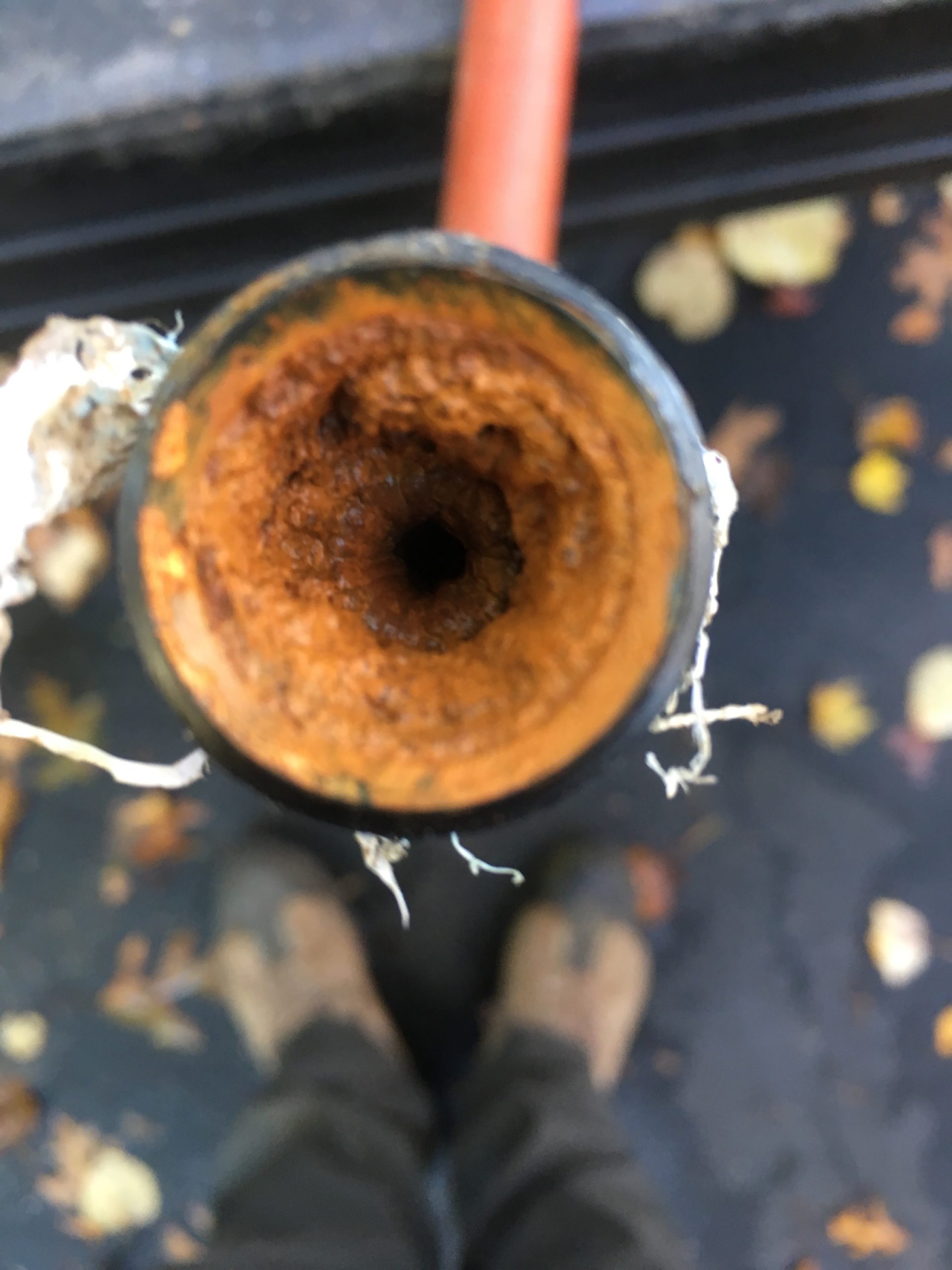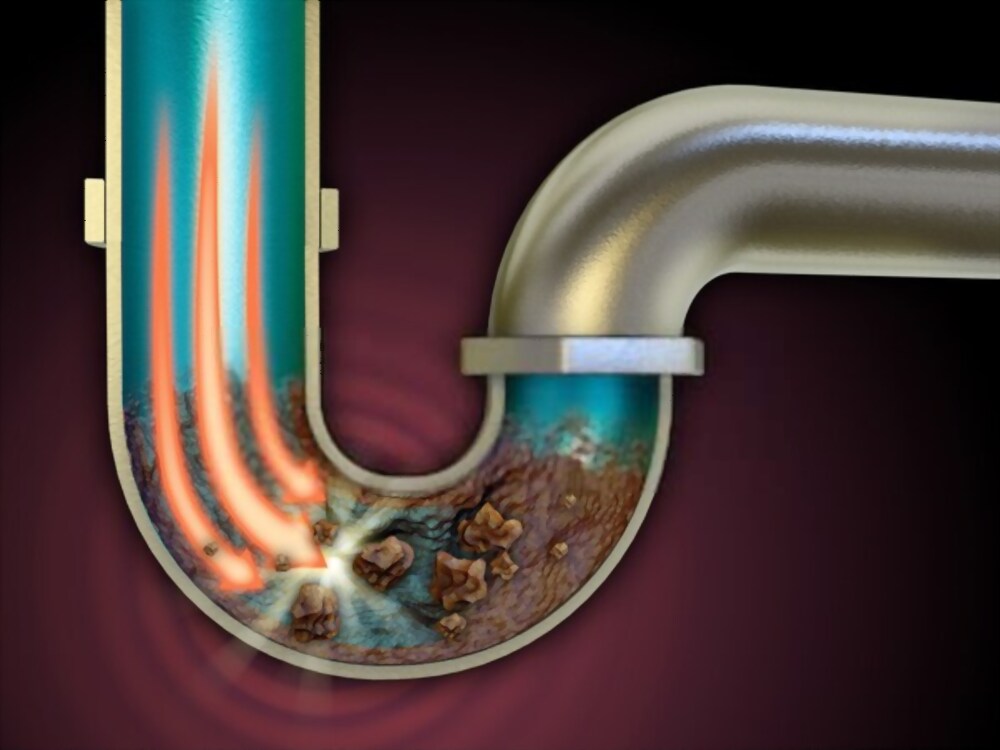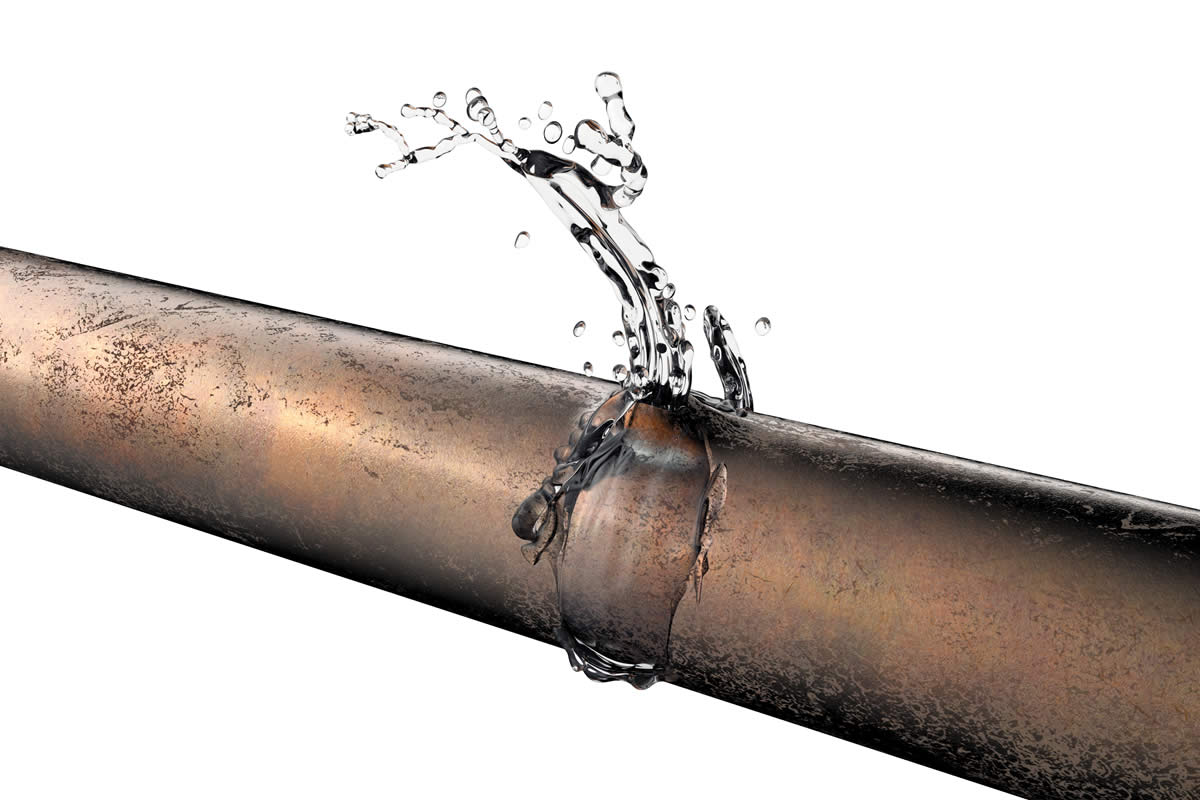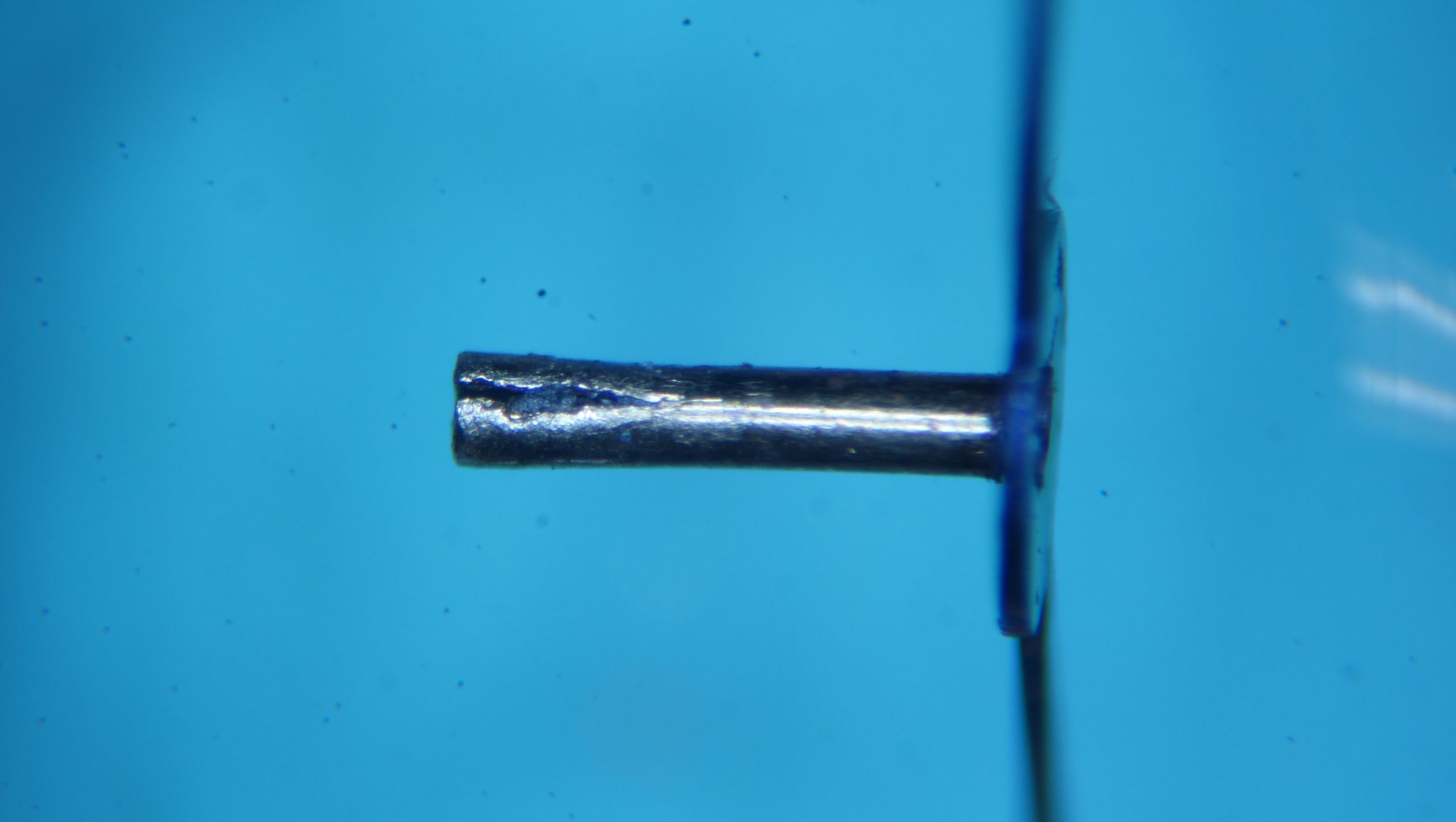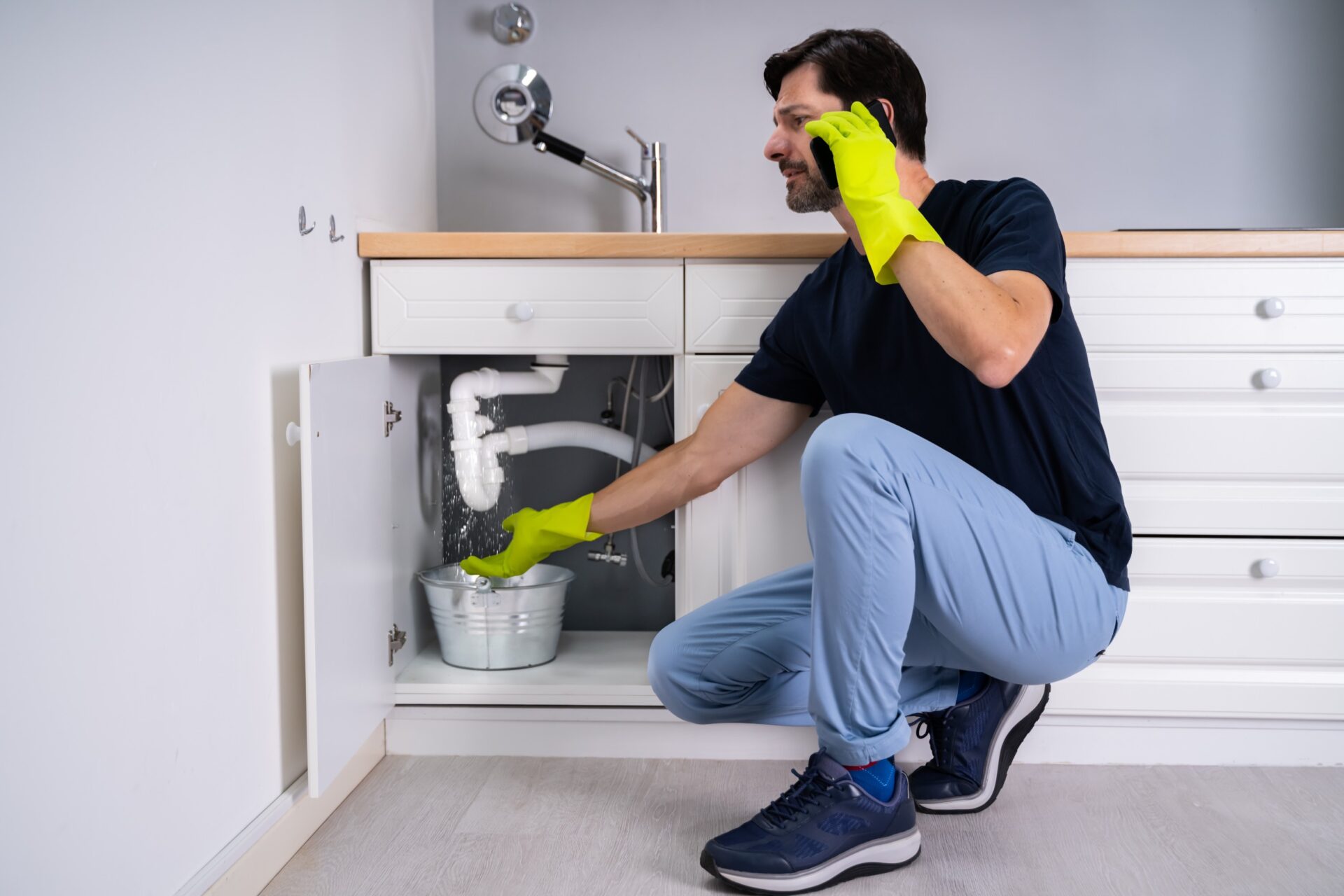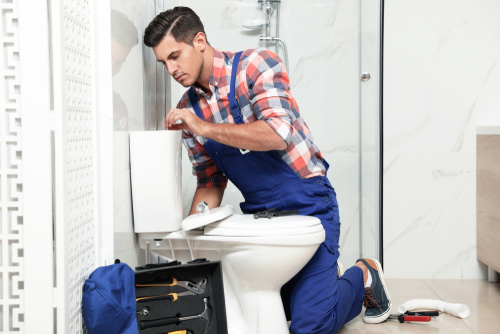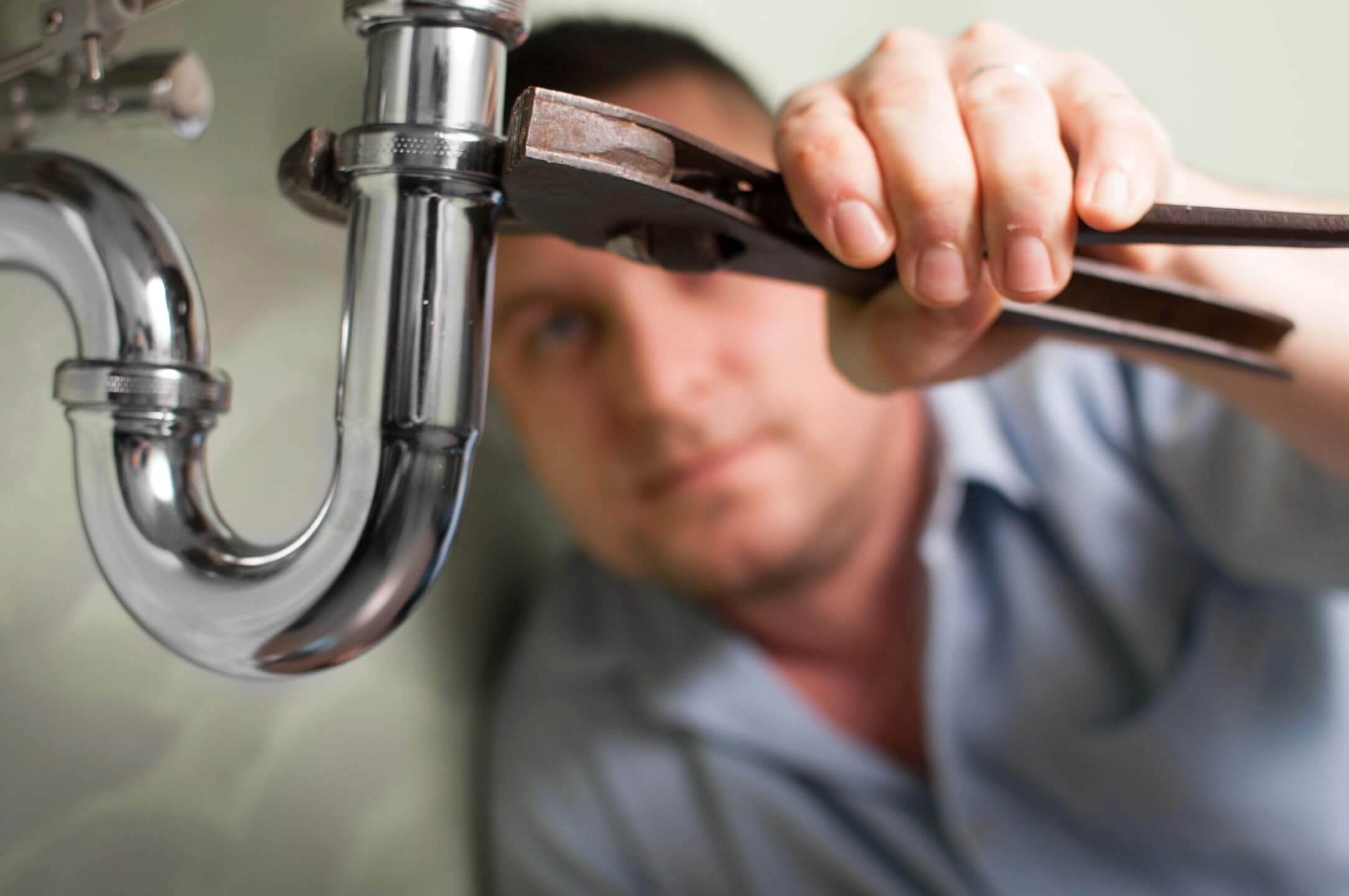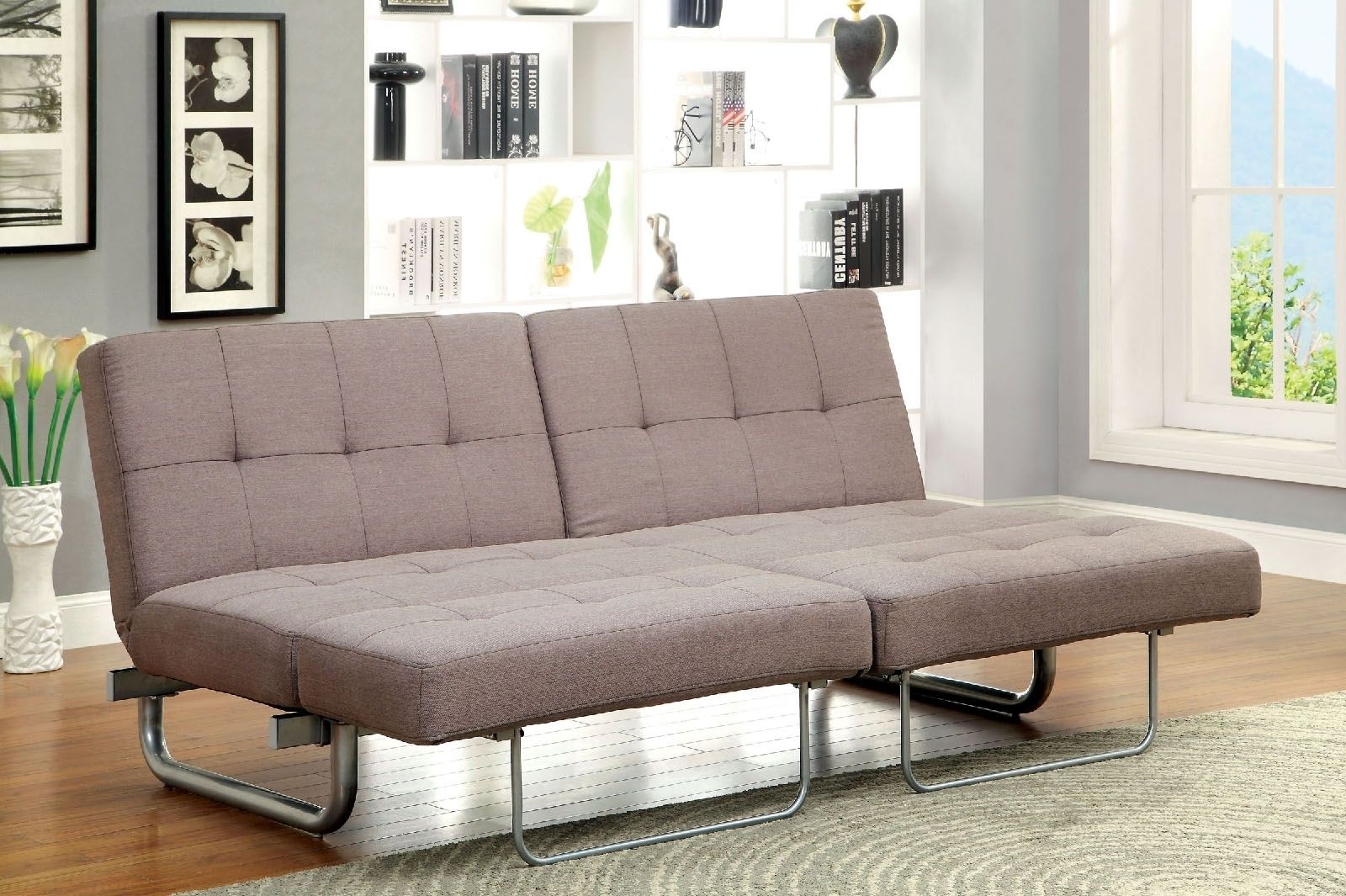If you turn on your kitchen sink and no cold water is coming out, the first thing you should do is check the shut-off valve. This valve controls the flow of water to your sink and may have accidentally been turned off or partially closed. It is typically located under the sink and can be turned on by twisting it counterclockwise. If the valve is already open, try closing it and then reopening it to see if this helps restore the cold water flow.1. Check the shut-off valve
The faucet aerator is a small screen-like attachment located at the end of your faucet. Over time, it can become clogged with debris and mineral buildup, which can restrict the flow of water. To check the aerator, unscrew it from the faucet and clean it with a mixture of equal parts water and vinegar. Then, rinse it off and screw it back onto the faucet. This should help improve the water flow and restore the cold water to your kitchen sink.2. Check the faucet aerator
If the shut-off valve and faucet aerator are not the issue, the next step is to check the water supply line. This is the pipe that connects your sink to the main water supply. Check for any kinks, twists, or blockages in the line that could be preventing the flow of cold water. If you find any, carefully straighten or remove the obstruction and then turn the water back on to see if the cold water has been restored.3. Check the water supply line
If your kitchen sink only has one handle for both hot and cold water, the issue may lie with your water heater. Make sure the temperature on your water heater is set to the appropriate level (typically between 120-140 degrees Fahrenheit). If the temperature is too low, the water may not be heating up enough for the faucet to mix it with cold water. Adjust the temperature as needed and let the water run for a few minutes to see if the issue has been resolved.4. Check the water heater
In colder climates, frozen pipes can be a common cause of no cold water in the kitchen sink. If you suspect this may be the issue, check any exposed pipes under the sink for signs of freezing, such as frost or condensation. You can also try using a hairdryer or hot water to thaw out the pipes. If the problem persists, it's best to call a professional plumber to assess and fix the issue.5. Check for frozen pipes
If the water pressure in your kitchen sink is low, it could be affecting the flow of cold water. You can check the water pressure by attaching a pressure gauge to an outdoor faucet or the laundry room faucet. If the pressure is below 40 psi, it may be causing issues with the cold water flow. You can adjust the pressure by adjusting the water pressure regulator or calling a plumber to do so for you.6. Check the water pressure
A clogged pipe can also be to blame for no cold water in the kitchen sink. If you have recently had any plumbing work done, debris or sediment may have gotten stuck in the pipes. You can try using a plunger or a drain snake to remove the clog. If this does not work, it's best to call a professional plumber to address the issue.7. Check for a clogged pipe
If your kitchen sink has separate handles for hot and cold water, the issue may be with the faucet cartridge. This is the mechanism inside the faucet that controls the flow and temperature of the water. Over time, it can become worn out or damaged, leading to issues with the cold water flow. You can try replacing the cartridge yourself or call a plumber for assistance.8. Check the faucet cartridge
In some cases, a broken pipe may be the culprit behind no cold water in the kitchen sink. This can be caused by wear and tear, freezing, or accidental damage. Check for any visible signs of a leak, such as water puddles, dampness, or water stains. If you find a broken pipe, it's important to call a plumber immediately to fix it and prevent further damage.9. Check for a broken pipe
If you have tried all of the above steps and still have no cold water in your kitchen sink, it's best to call a professional plumber. They have the expertise and tools to identify and fix the issue quickly and efficiently. It's always better to seek professional help rather than attempting to fix the problem yourself, which could potentially cause more damage and be more costly in the long run. In conclusion, experiencing no cold water in the kitchen sink can be frustrating, but there are several steps you can take to try and resolve the issue. By checking the shut-off valve, faucet aerator, water supply line, water heater, and other potential causes, you can determine the root of the problem and take the necessary actions to restore the cold water flow. And if all else fails, don't hesitate to call a plumber for assistance. With their help, you can have your cold water back in no time.10. Call a plumber
How to Fix a Kitchen Sink with No Cold Water?

Possible Causes for No Cold Water in the Kitchen Sink
 If you're experiencing a lack of cold water in your kitchen sink, there are a few potential causes that could be contributing to the issue. The first and most common reason is a malfunctioning
faucet
. Over time, faucets can become worn out, causing issues with water flow and temperature control. Another possible cause could be a
blocked pipe
. If there is a buildup of debris or sediment in your pipes, it can restrict the water flow and result in a lack of cold water. Finally, it's possible that there is a
problem with the water supply
to your home. This could be due to a maintenance issue or a larger problem within your local water system.
If you're experiencing a lack of cold water in your kitchen sink, there are a few potential causes that could be contributing to the issue. The first and most common reason is a malfunctioning
faucet
. Over time, faucets can become worn out, causing issues with water flow and temperature control. Another possible cause could be a
blocked pipe
. If there is a buildup of debris or sediment in your pipes, it can restrict the water flow and result in a lack of cold water. Finally, it's possible that there is a
problem with the water supply
to your home. This could be due to a maintenance issue or a larger problem within your local water system.
Steps to Fix a Kitchen Sink with No Cold Water
 Once you have identified the potential cause of the issue, you can take the necessary steps to fix your kitchen sink and restore the cold water flow. Here are some steps you can follow:
Once you have identified the potential cause of the issue, you can take the necessary steps to fix your kitchen sink and restore the cold water flow. Here are some steps you can follow:
1. Check the Faucet
The first step is to check your kitchen sink faucet. Look for any visible signs of damage or wear and tear. If the faucet appears to be in good condition, you can try cleaning it to remove any buildup that could be causing the issue. If cleaning does not resolve the problem, it may be time to replace the faucet with a new one.2. Clear the Pipes
If the faucet is not the issue, the next step is to check your pipes. Start by turning off the water supply to your kitchen sink. Then, use an auger or wire brush to clear out any blockages in the pipes. If the blockage is further down the pipes, you may need to call a professional plumber for assistance.3. Check the Water Supply
If the first two steps do not resolve the issue, it's possible that there is a problem with the water supply to your home. Check with your neighbors to see if they are experiencing similar issues, and contact your local water company to report the problem. They may be able to provide a timeline for when the issue will be resolved.In Conclusion
 Having no cold water in your kitchen sink can be frustrating, but with the right steps, you can fix the issue and get back to your normal daily routine. By checking the faucet, clearing the pipes, and checking the water supply, you can determine the cause of the problem and take the necessary steps to fix it. If you're unsure or uncomfortable with fixing the issue yourself, it's always best to consult a professional plumber for assistance.
Having no cold water in your kitchen sink can be frustrating, but with the right steps, you can fix the issue and get back to your normal daily routine. By checking the faucet, clearing the pipes, and checking the water supply, you can determine the cause of the problem and take the necessary steps to fix it. If you're unsure or uncomfortable with fixing the issue yourself, it's always best to consult a professional plumber for assistance.


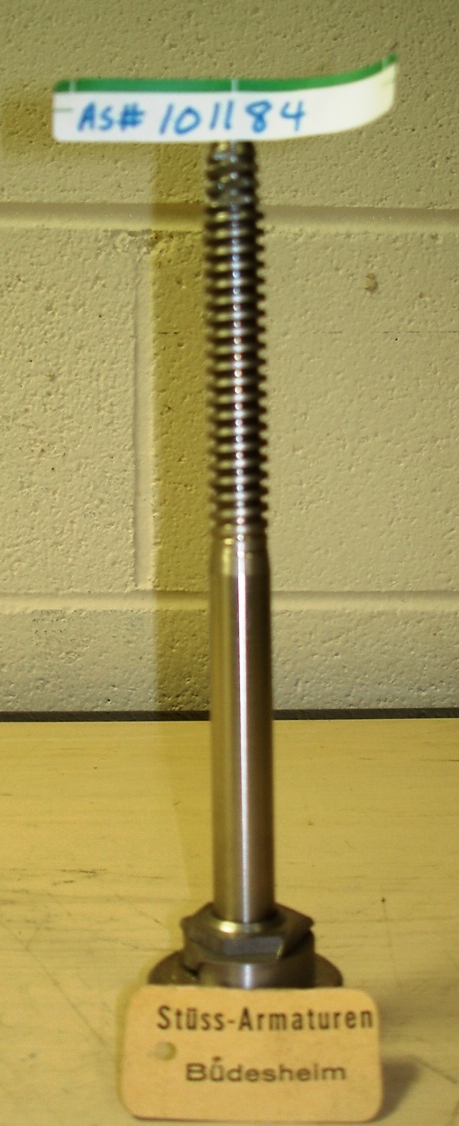
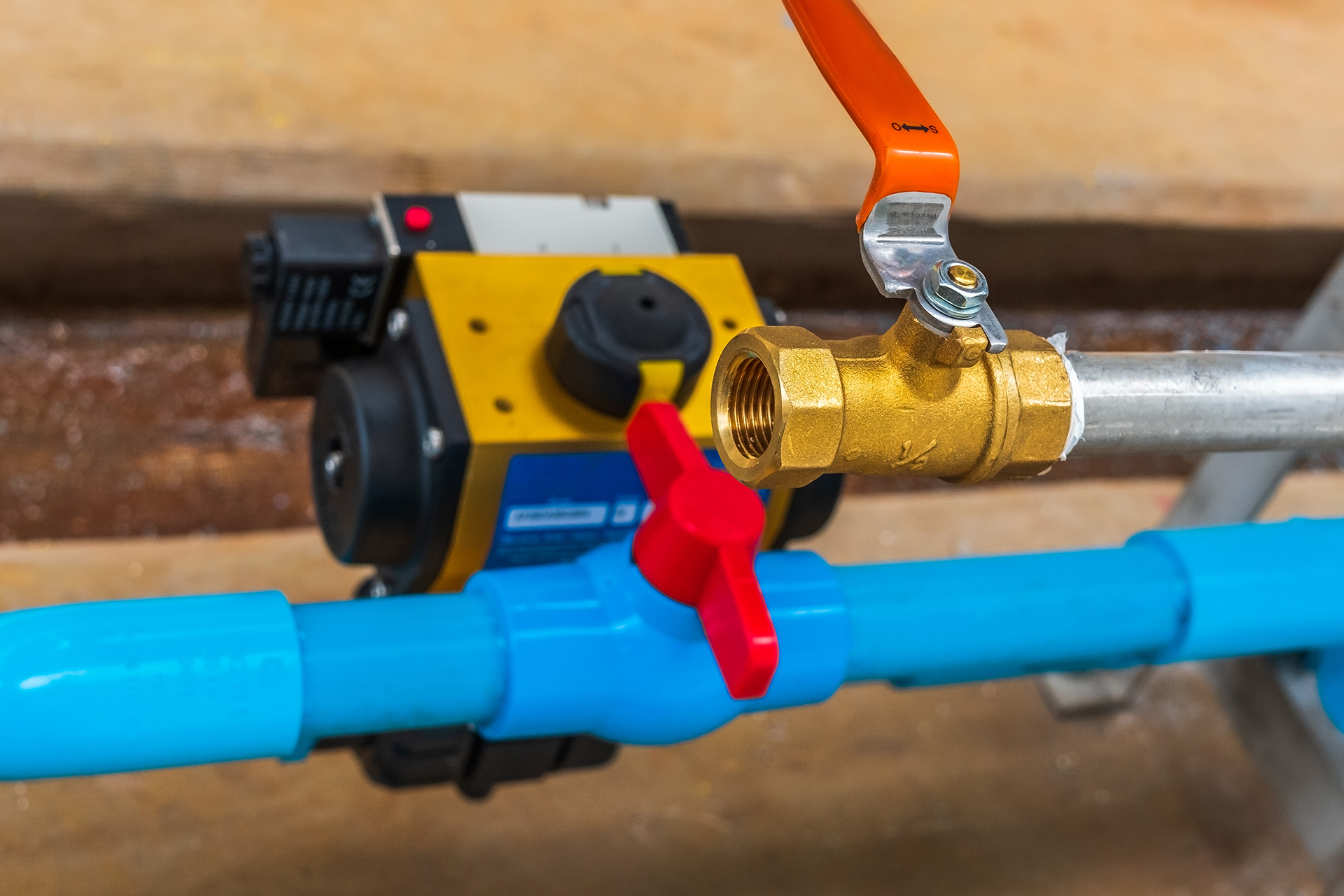


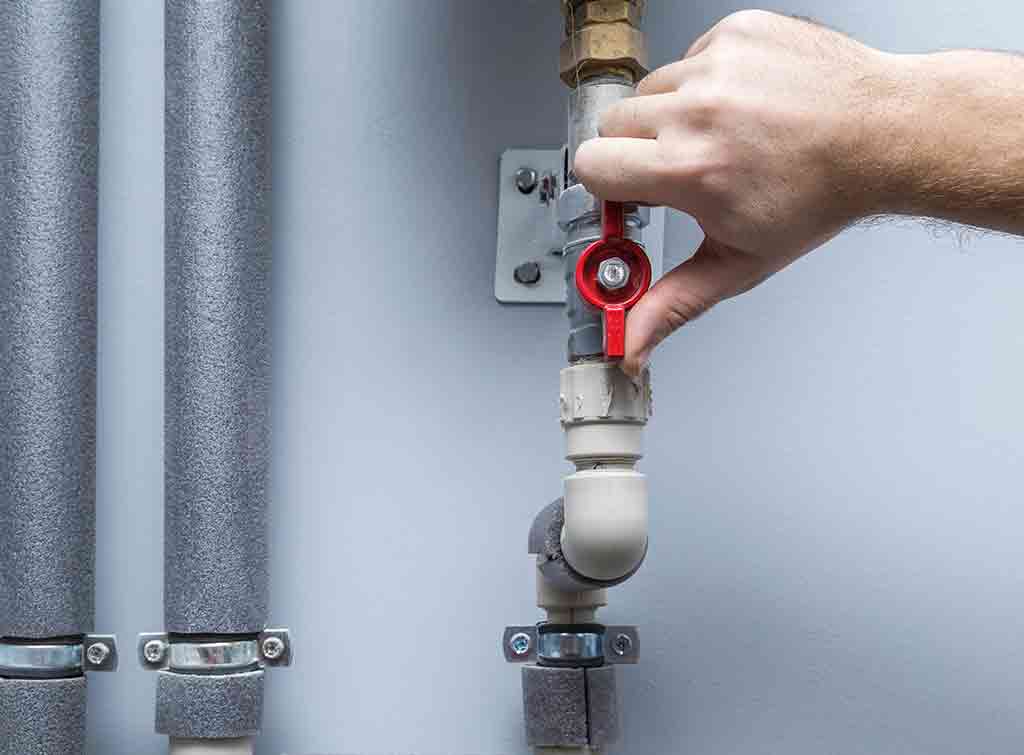



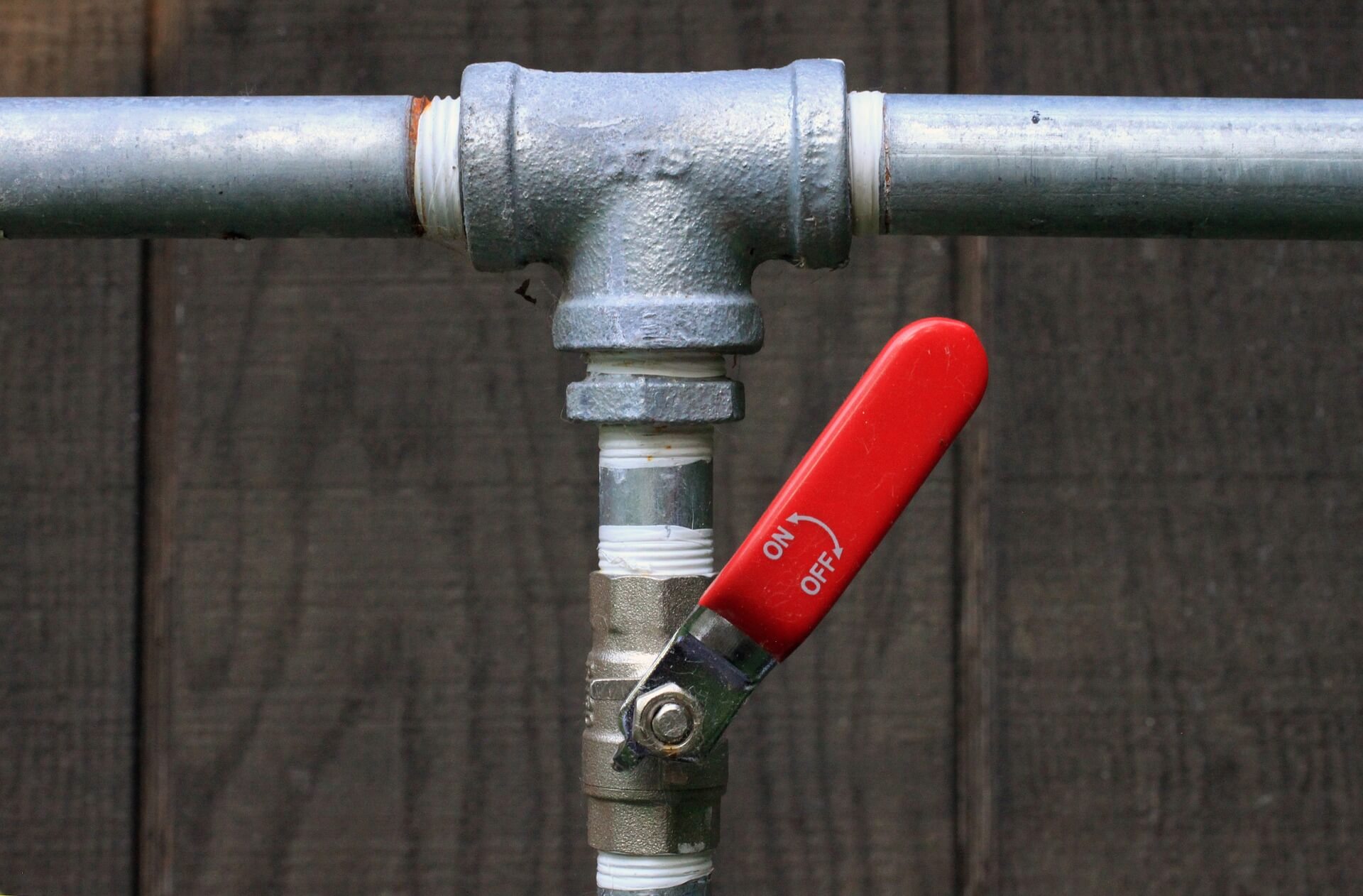




/fixing-a-tap-459986221-5afc675431283400371f7872.jpg)

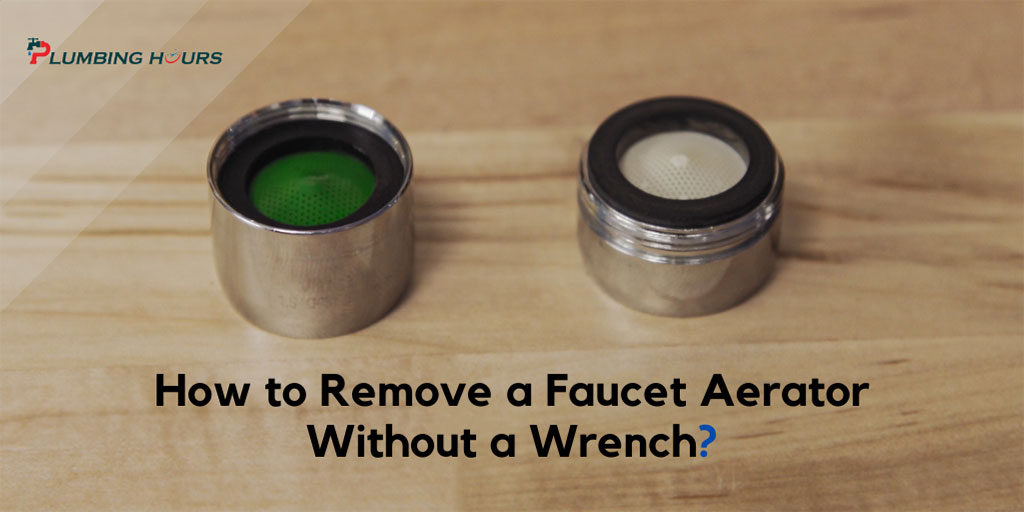











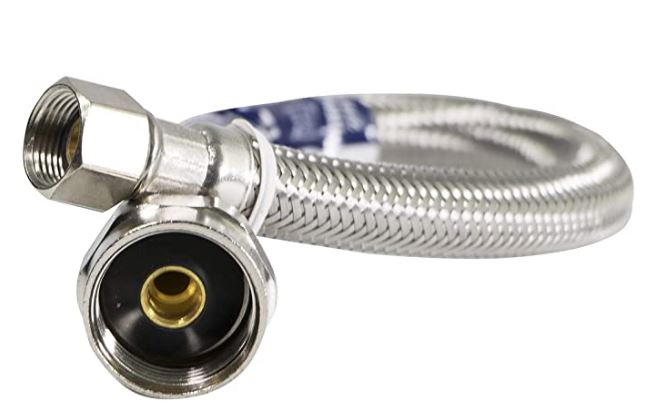




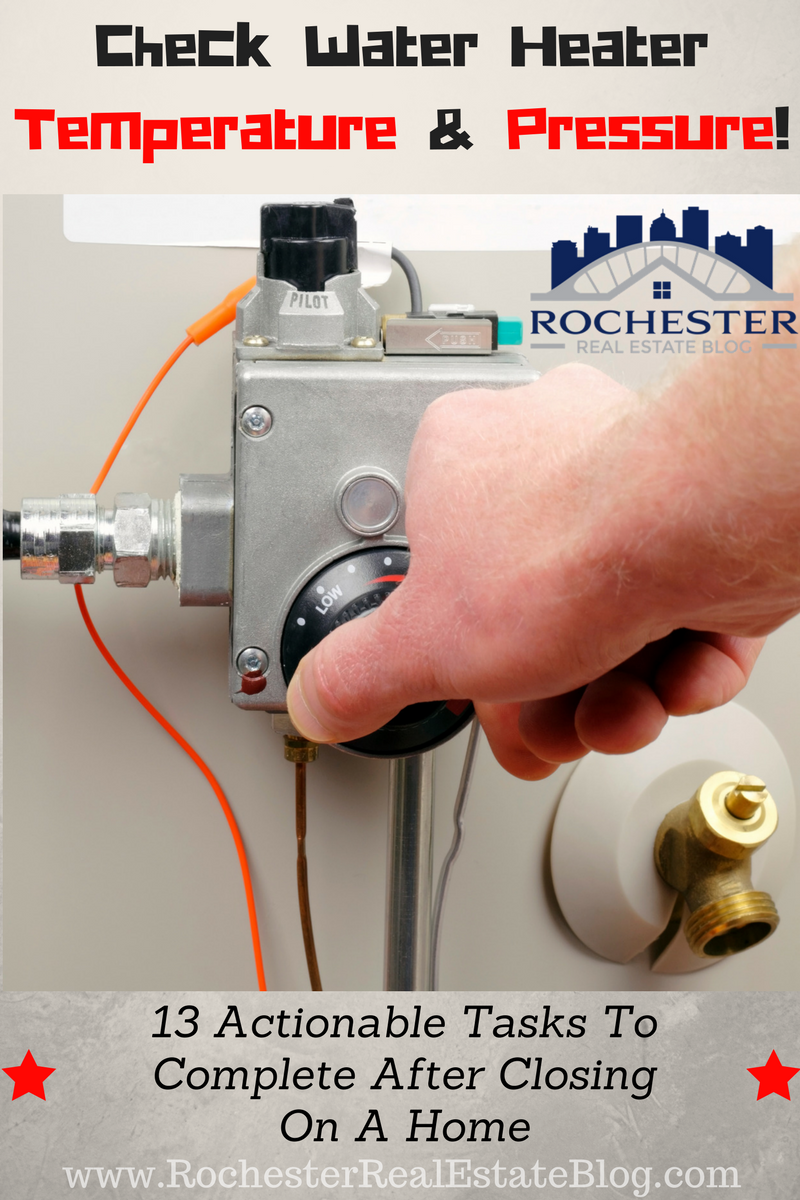


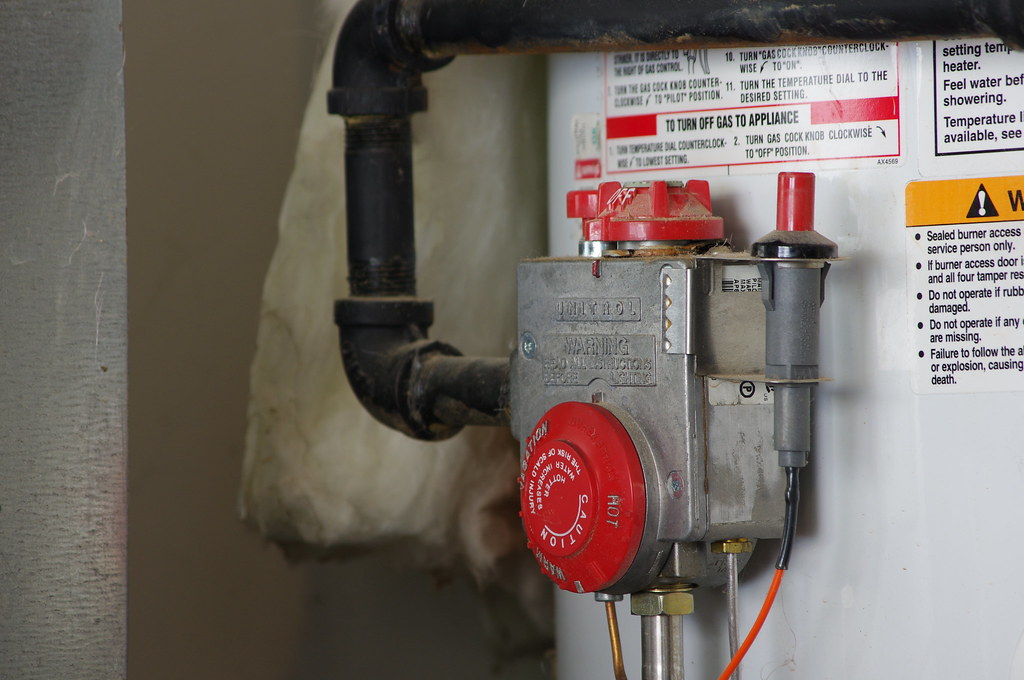

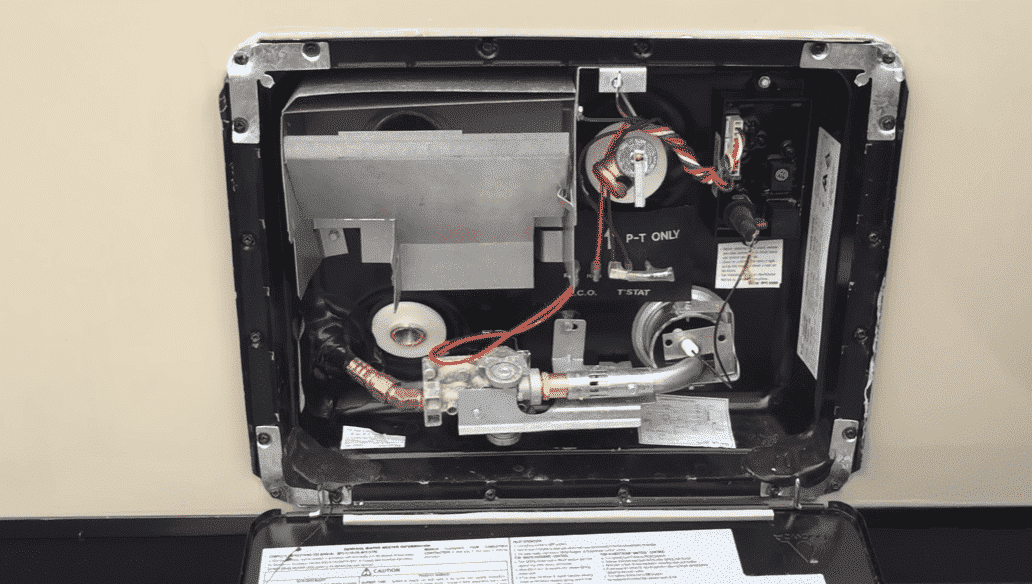



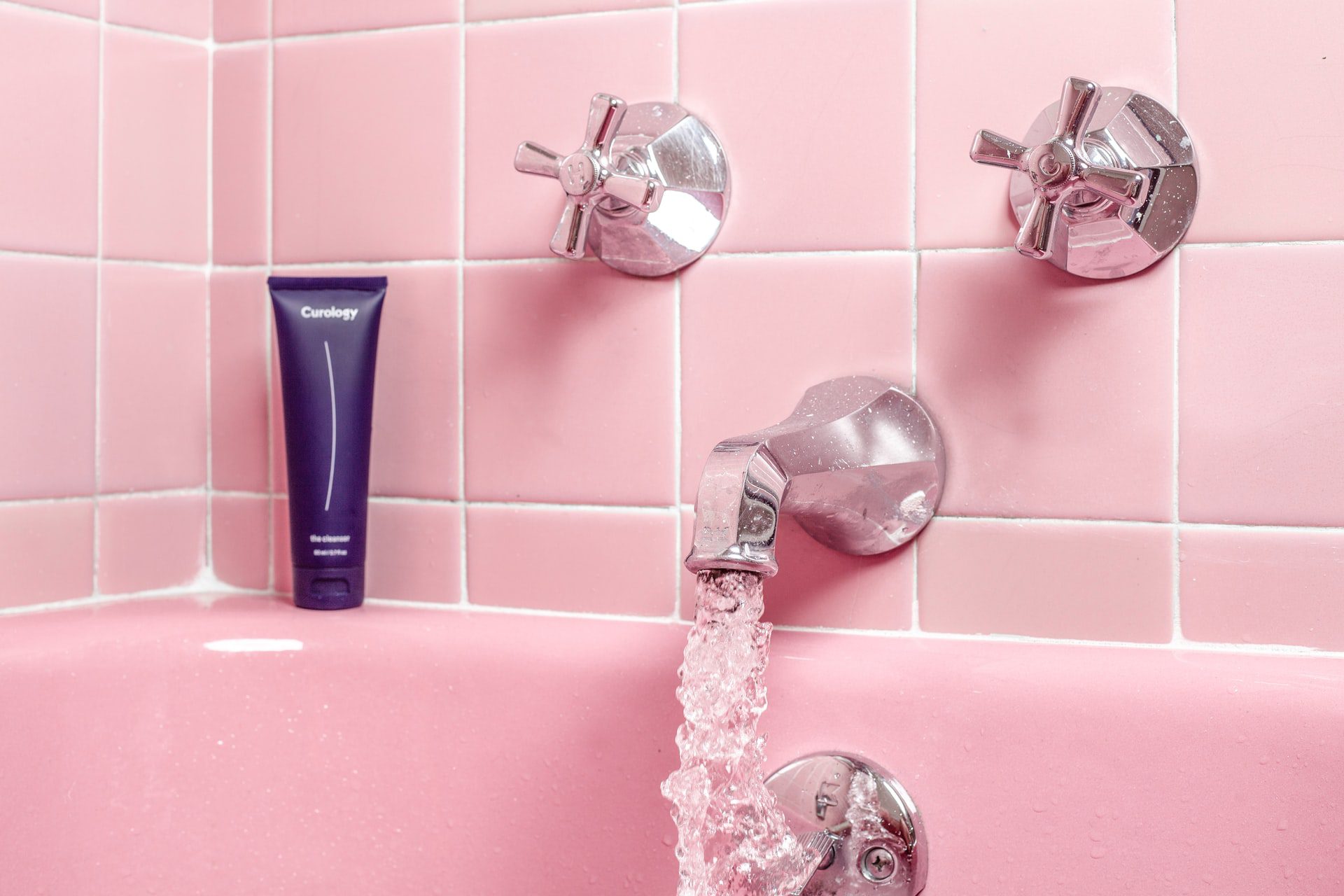




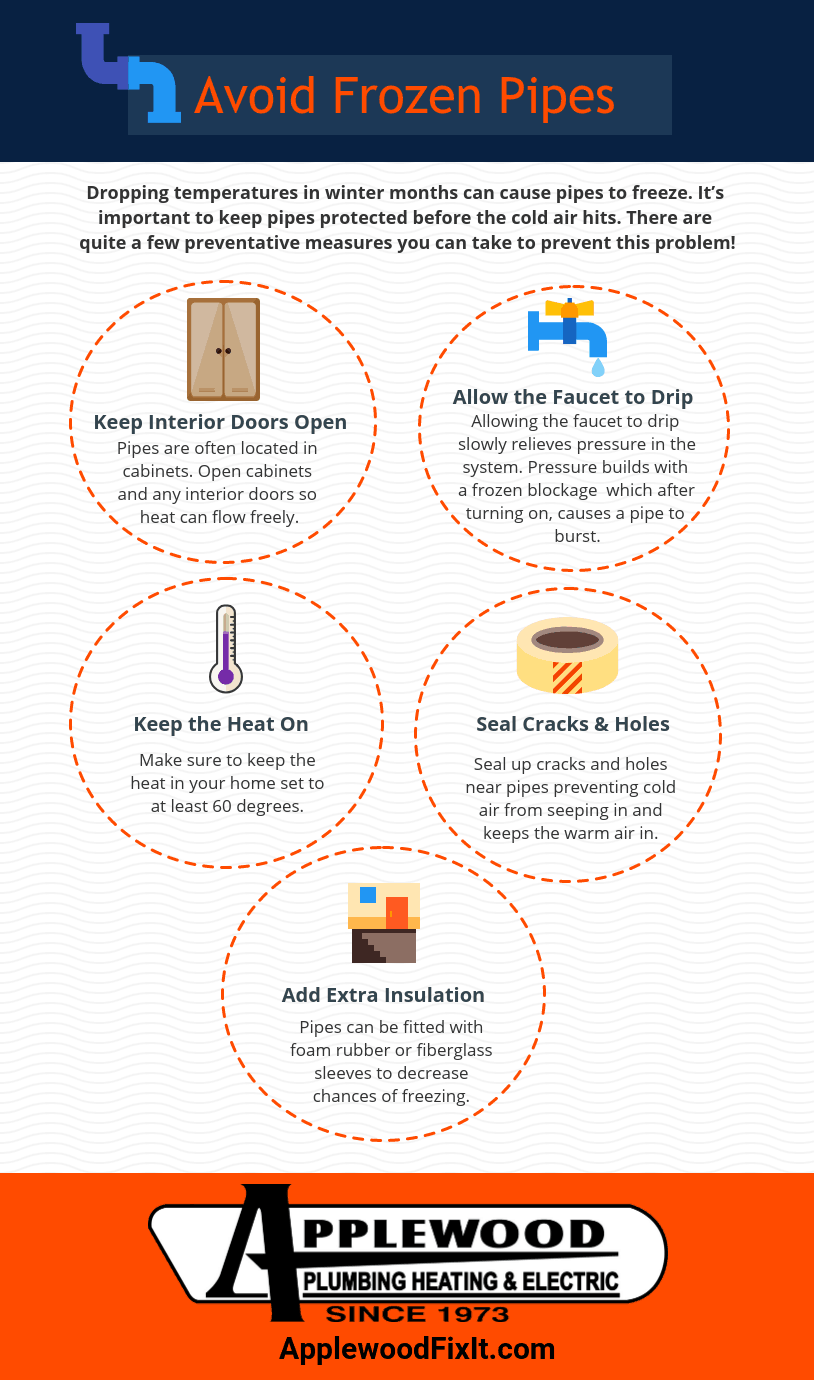
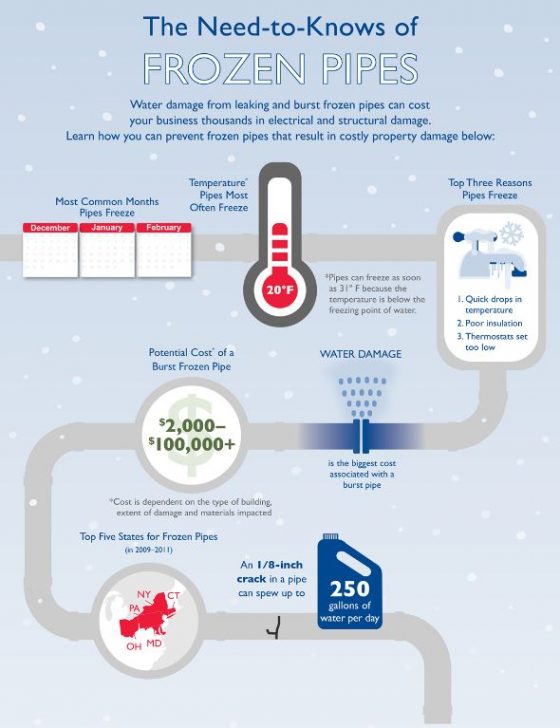











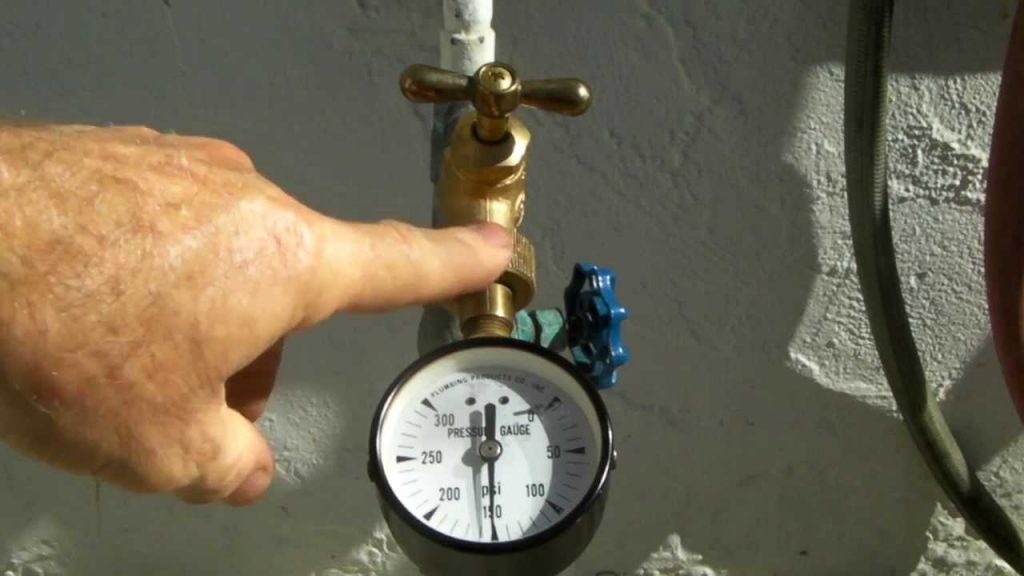





:max_bytes(150000):strip_icc()/the-men-s-hand-opens-the-ball-valve-on-the-collector-1006810456-5c5fc73fc9e77c000159c4af.jpg)


